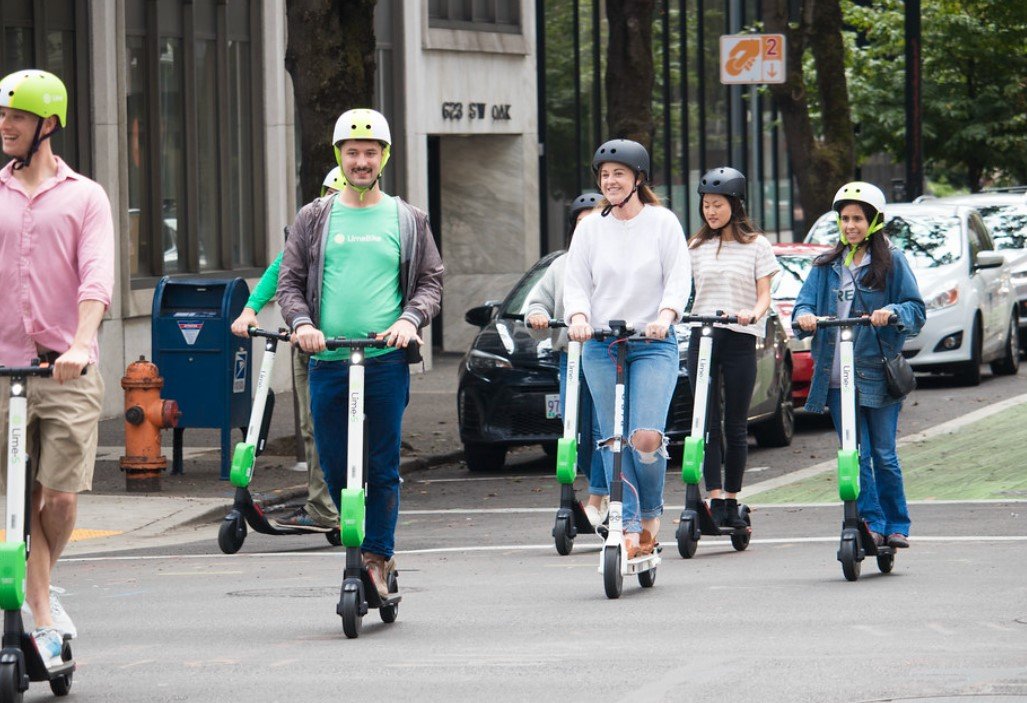The allure of e-scooters in South Florida’s bustling streets is undeniable, offering a quick and eco-friendly alternative to the region’s car-centric culture. However, the rise in popularity of these micro-mobility devices has been shadowed by a spike in tragic accidents, casting a spotlight on the urgent need for improved safety measures.

E-scooters have become a common sight in South Florida, zipping along the sun-drenched sidewalks and across vibrant neighborhoods. They promise an easy solution to the “last mile” problem, bridging the gap between public transport stops and final destinations. Yet, this convenience comes at a high price. Recent incidents have raised alarms about the safety of these vehicles, particularly when they share the roads with larger, faster automobiles.
In a span of just one month, two young lives were lost while commuting on e-scooters. These accidents have not only caused heartbreak for the families involved but have also ignited a debate on the integration of e-scooters into the existing transportation infrastructure. The question looms: Are cities equipped to handle this new wave of transportation, or are they playing catch-up at the expense of public safety?
A Clash of Cultures
The tragedy of these accidents is compounded by the fact that South Florida’s streets are not designed for e-scooters. The region’s reliance on automobiles creates a perilous environment for smaller, less visible e-scooters. Riders, often unnoticed by car drivers, find themselves in vulnerable positions, especially at busy intersections and on roads without dedicated bike lanes.
The recent fatalities underscore the need for a comprehensive approach to e-scooter safety. This includes not only better infrastructure, such as protected lanes and clearer signage but also public awareness campaigns to educate both riders and drivers about sharing the road responsibly. Without these changes, e-scooters may remain at odds with the South Florida lifestyle, which currently prioritizes cars over alternative modes of transport.
Seeking Solutions in Policy and Practice
The response to the e-scooter safety crisis must be multifaceted. It calls for collaboration between city planners, policymakers, and the community to create an environment where e-scooters can coexist safely with other forms of transport. This involves rethinking urban design, enforcing sensible regulations, and ensuring that the voices of those most affected by these policies—the riders—are heard.
As South Florida grapples with these challenges, the rest of the world watches and learns. The outcome of this struggle will not only shape the future of transportation in the region but also set a precedent for cities worldwide dealing with the integration of new technologies into their urban landscapes.
















